Epson Moverio BT-200 and Sony HMZ-T3 video glasses: tested in humans
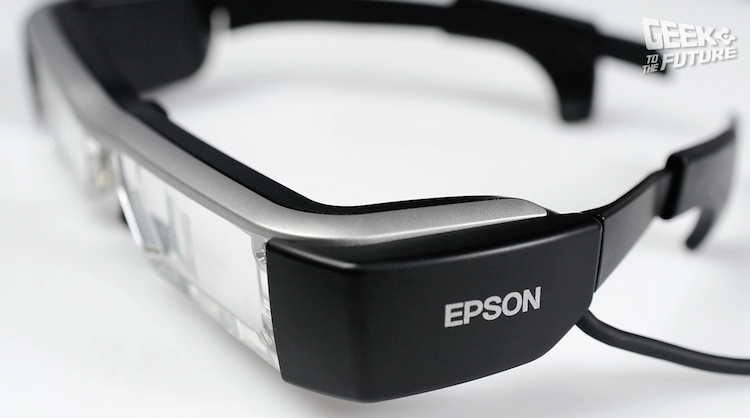
If you are saving up on Google Glass, take your time - perhaps something else will suit you. There are video glasses, which are already officially sold in Russia, and the price for them will be lower than on the thin frame from the Corporation of Good.
To begin with, we offer to decide for what you need these very points? After all, we are unlikely to buy a 17-inch laptop, if we plan to work on the road. Or a fancy tablet — just for reading books ...
Do you want to dive headlong into video games or virtual reality? - You need an Oculus Rift. If, on the first place for you image, and on the second - augmented reality, then the only option that fits is Google Glass.
')
For those who want to watch videos, Sony's video glasses with the poetic name HMZ-T3 will fit alone. Well, if you want everything at once - augmented reality, video, games - choose Epson Moverio BT-200.
Oculus Rift and Google Glass will be discussed sometime next time, but today we’ll see what Sony and Epson glasses can do.
Sony HMZ-T3
Let's start with a simpler in purpose and seemingly more solid gadget. Sony HMZ-T3 is the development of the HMZ line, in which, however difficult it may be guessed, two devices have already been released, which, by the way, have had limited success. Cause? Just take a look at the price.

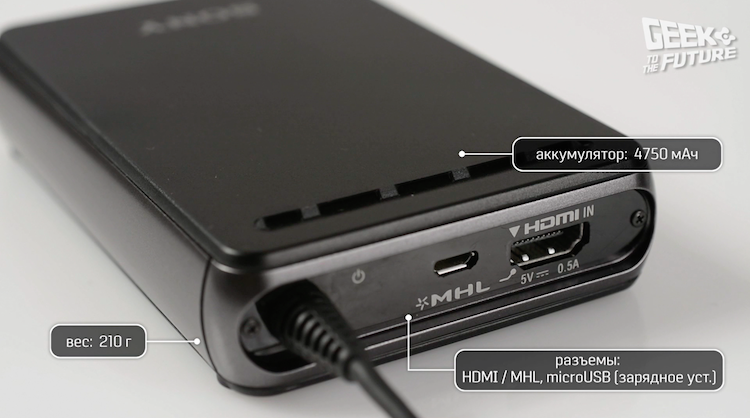
Sony HMZ-T3
Price: 45 000 rubles.
Points:
Display: 2x OLED, 1280x720
Sound: Linear PCM, Virtual Surround
Weight: 320 g
Battery Pack:
Connectors: HDMI / MHL, microUSB (charge)
Battery: 4750 mAh
Weight: 210 g
Video HMZ-T3 looks hard. Someone will probably think whether this thing will break the nose? There is a small secret: HMZ-T3 should not hang on the bridge of the nose - the main load falls on the height-adjustable cushion and headband, but keeps the strap design below the back of the head.

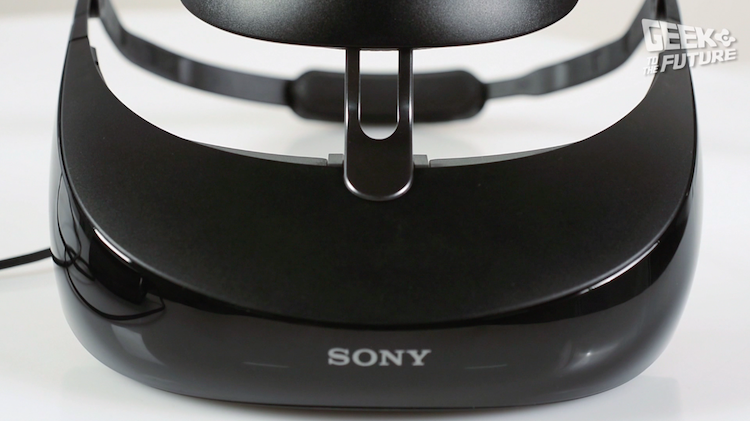

Headphones stick into the socket on the left. If you want more intima, you can fix the light flaps. Having set the glasses on the head, adjust the distance between the eyepieces with the help of two slider sliders - catch the most comfortable position. And enjoy watching.
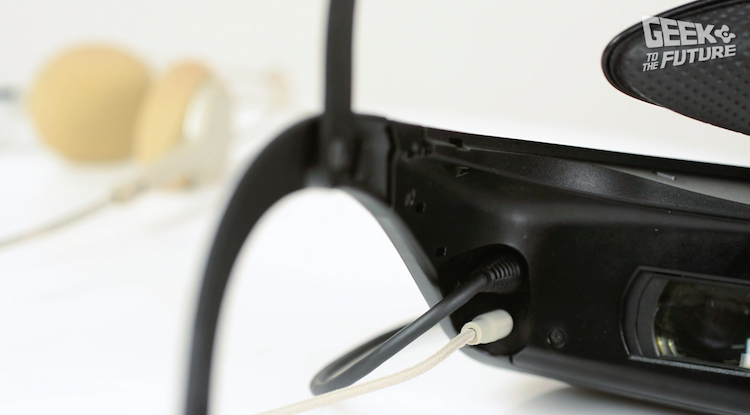
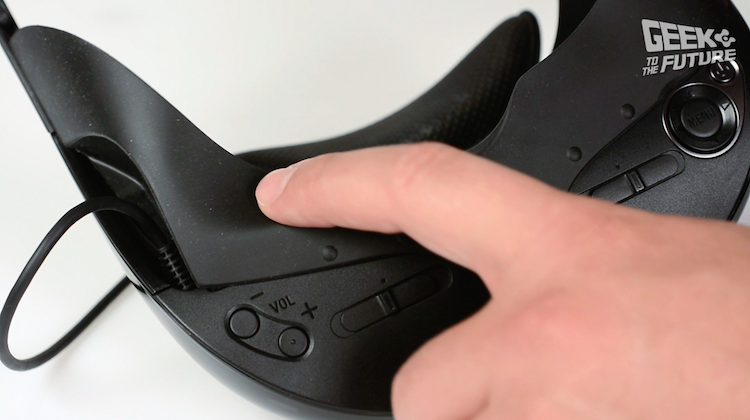
Adjusting the focus for people with visual impairment in the HMZ-T3, alas, is not provided. On the other hand, Sony proposes in this case not to abandon the use of your everyday glasses - naturally, this option complicates the use of the device quite a lot.
The device sits on the head perfectly, although the design is rather heavy and you have to get used to it. Built-in displays are good - video, normal and 3D - looks great. It seems that you are sitting in a small cinema, somewhere in the last row (the manufacturer describes the virtual diagonal as a 19-meter screen, viewed from a distance of 20 meters). T3, by the way, can process up to 8 audio channels - all that remains is to find a video with multichannel sound.


In general, the impressions are excellent. However, after 20-30 minutes of use, my brow aches, it is not easy for the eyes in an unusual situation and, as a result, it is slightly dizzy.
The HMZ-T3 glasses are tightly connected to the battery pack, which also has an HDMI input. Accordingly, any video source can be connected here. The best option, in our opinion, is to use a smartphone with MHL output. However, in this mode, the gadget will work only 3 hours - against 7 when connected to a Bluetooth player or laptop.



The glasses that came to us for review are the simplest version of T3. There is also a wireless option (HMZ-T3W) and a modification with motion sensors (HMZ-T3Q) that track the nods and head turns, but whether they will come to us is a big question.
Epson Moverio BT-200
But in Moverio an order of magnitude more interactive and watching movies here is just one of the functions. If with glasses from Sony you can go for a walk only when accompanied by a guide, then Moverio can be fully used in walking - the sources of the image are placed in the eyeglasses, and the picture itself is projected onto special inserts inside the lenses.


Epson Moverio BT-200
Price: 35 000 rubles.
Points:
Display: 2x TFT, 960x540
Sound: Dolby Digital Plus
Camera: 0.3 MP
Accelerometer, gyroscope
Weight: 96g
Controller:
OS: Android 4.0.4
Processor: TI OMAP 4460, 1.2 GHz, 2 cores
RAM: 1 GB
Memory: 8 GB + microSD (up to 32 GB)
Touch panel, Wi-Fi, Bluetooth, GPS
Battery: 2720 mAh
Weight: 124g
There are much fewer adjustments here - compared to T3 - you can bend the mount at the bridge of the nose slightly and move the special ear hooks. On the one hand it is more convenient, on the other - no sudden head movements, otherwise they easily fly off.

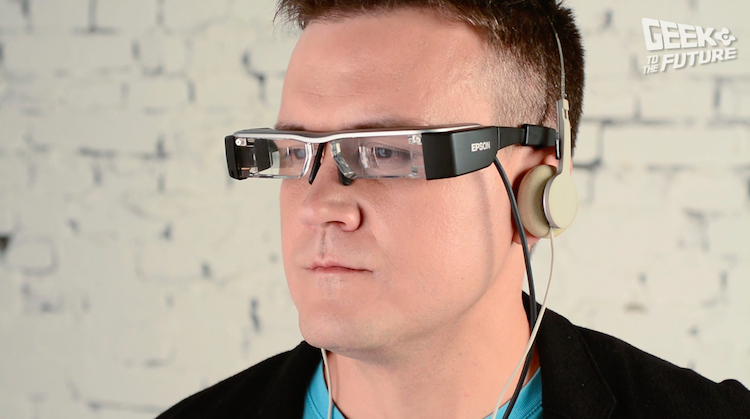
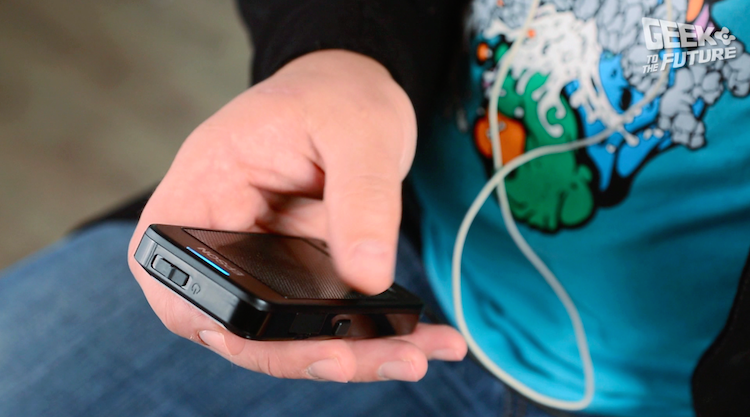
It's funny to see in front of you a huge screen with an Android interface. If you believe the manufacturer, the user looks at the virtual meter screen diagonal from a distance of 2.5 meters - for subjective sensations this is true. The image is clear, although the resolution is lower than that of Sony.

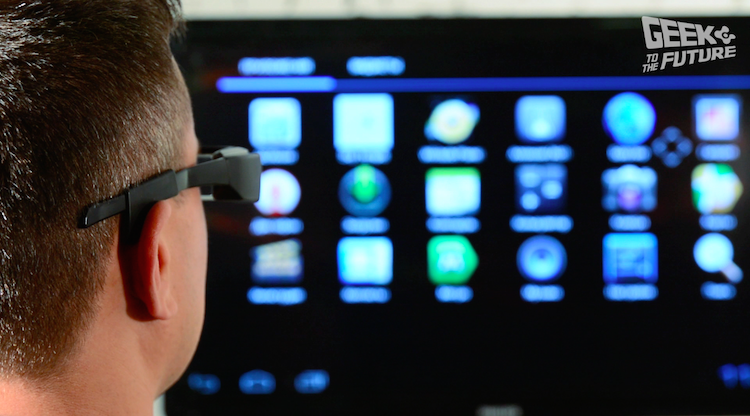
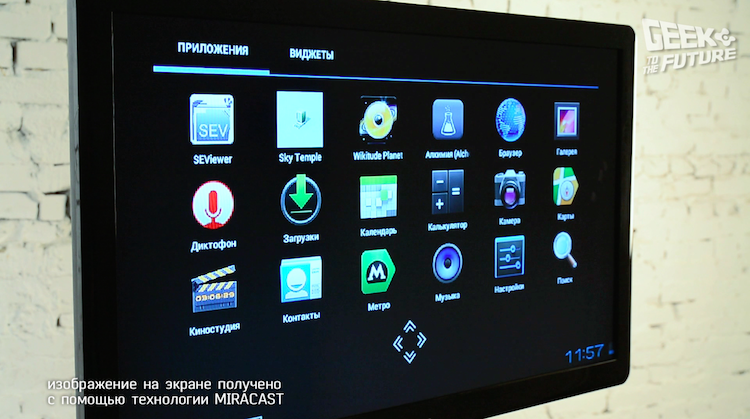
Brightness is enough even when using glasses outdoors. For those who want to "put out the reality" - replaceable dimmers will be useful, which are mounted quickly and easily (two sets of dimmers with varying degrees of "opacity" are included).

You ask: where in these glasses Android? It's simple. The BT-200 in this case performs only the function of an output device equipped with an accelerometer and a gyroscope. A controller that connects to Moverio with a cable, in fact, is a regular Android smartphone with a touch surface instead of a screen, inside which a dual-core processor, a gigabyte of RAM, 8 gigabytes of internal memory, Wi-Fi, Bluetooth and GPS. Headphones, by the way, are stuck in a special adapter on the cable.
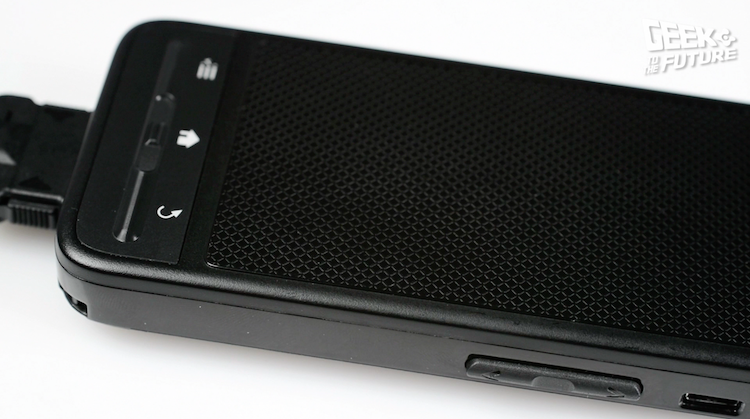

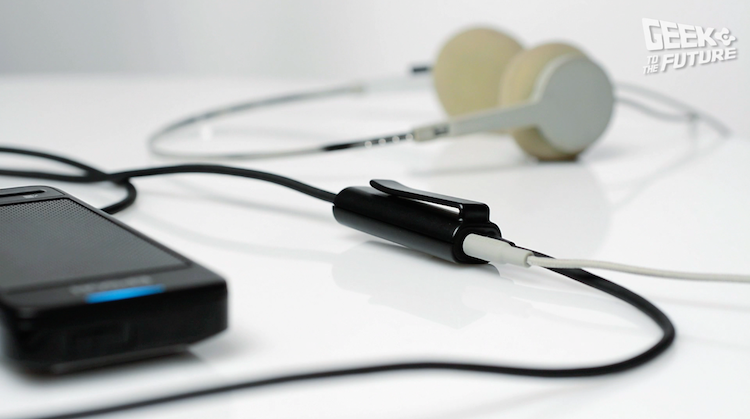
Moverio is sold with a pre-installed set of the most necessary applications (browser, software for viewing photos and videos, audio player, a couple of games and several other utilities). A special store of glasses-adapted applications has also been launched - Moverio Apps Market (access is possible only when using BT-200).

What is the versatility of such a device? First, you can watch the video - no less than about 5-6 hours. To do this, simply throw the files into the internal memory of the device or on the microSD. Yes, there is 3D support. In addition, video transmission is available between points and other gadgets that support the Miracast technology (Moverio Mirror utility).

Secondly - video games. And it's not about some Angry Birds, and games with augmented reality. There are few of them. But even unpretentious fun with the destruction of any flying saucers who invaded your living room, bring a lot of joy - in order to get rid of the annoying UFOs, you have to really sweat.

Thirdly, augmented reality in its pure form. And this AR-navigation, and the transformation of special labels into 3D-images, and even control quadrocopters. Unfortunately, many of the beauties that can be seen in promotional videos still remain just a fantasy of the creators of the video. But with the due activity of the Russian representative office of Epson, the interest of developers and the presence of customers who have a taste for modern technologies, the BT-200 may well become an excellent platform for running the most daring ideas.
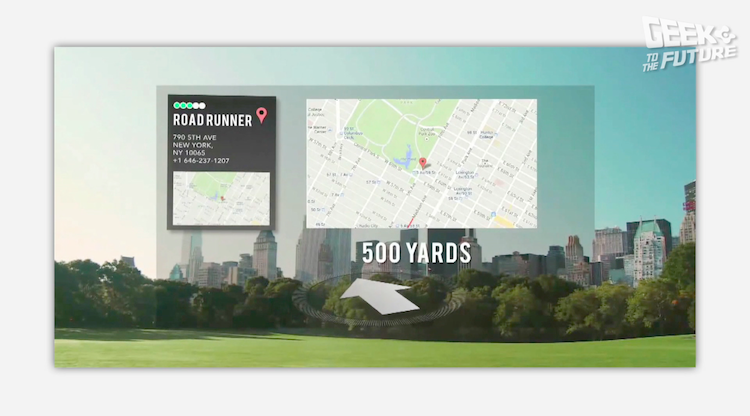
A small bonus from the creators of Epson Moverio - shooting on the built-in camera. To be honest, she is weak, only 0.3 Mp, but in order to capture something unexpected, even her capabilities will suffice.

... In the yard in 2014. Video glasses from some vague accessories become really desirable devices. To the convenience of ordinary glasses, they are, of course, still far away - here is the elegant Google Glass ahead of the rest. But! Some of the video glasses - in our case, this gadget from Sony - performing only one function, do it very, very well. Others, like Moverio, are a universal device with which you can watch a movie and navigate in an unfamiliar city - because the map will hang right before your eyes. By the way, Epson promises a couple more surprises - over time you will be able to control the Moverio with your voice or tapping on the arc of glasses.
The only problem that, alas, cannot be avoided, is your vestibular apparatus. We recommend starting to use video glasses gradually - for 5-10 minutes, gradually increasing the time of use.
Subscribe to our YouTube channel Geek to the Future , join groups in social networks and do not forget - the future is in our hands!
Source: https://habr.com/ru/post/228661/
All Articles